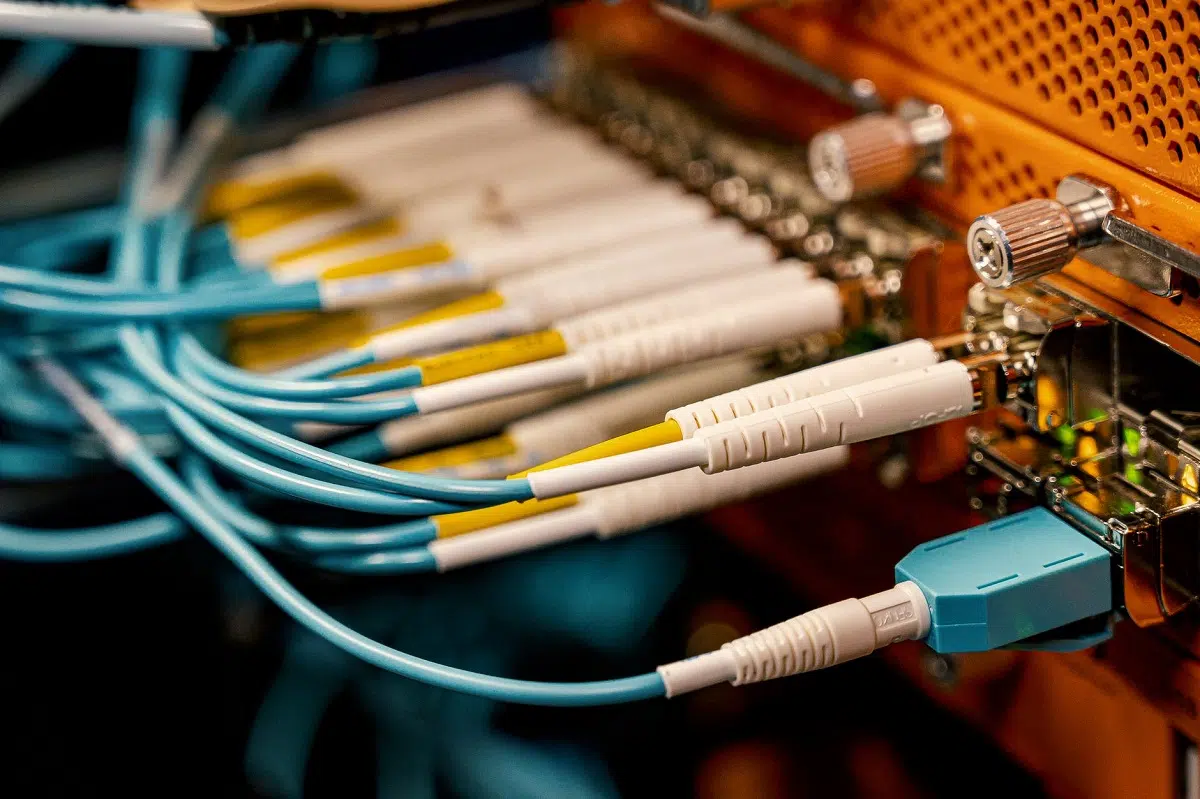Have you ever wanted to access the internet through a fiber connection? Fiber connections are known for their incredibly fast speeds and reliable performance, making them perfect for businesses or homes that need quick and seamless access to the web. But what if you don’t have access to a fiber network? In this blog post, we’ll explore how you can convert fiber to Ethernet, so that you can get the same fantastic speeds of a fiber connection without having to be connected directly to it. Follow along with our step-by-step guide and in no time, you’ll have your own high-speed Ethernet connection right at home!
What is fiber optic cable?
In computing and telecommunications, fiber optic cable is an optical cable that consists of one or more glass or plastic fibers enclosed in a protective jacket. Fiber optic cables are used to transmit data over long distances at high speeds. They are also used in endoscopes, medical imaging devices, and in the aerospace and defense industries.
Fiber optic cables are made up of three main components: the core, the cladding, and the buffer coating. The core is the innermost layer of the cable and is made up of glass or plastic fibers. The cladding is a thin layer of material that surrounds the core and reflects light back into the core. The buffer coating is a protective layer that surrounds the cladding and protects it from damage.
Fiber optic cables can be used for both data transmission and data storage. When used for data transmission, fiber optic cables can support data rates up to 10 Gigabits per second (Gbps). When used for data storage, fiber optic cables can store up to 2 Terabytes (TB) of data.
What is an Ethernet cable?
An Ethernet cable is a type of computer network cable used to connect devices within a Local Area Network (LAN). Ethernet cables are commonly used to connect computers, printers, and other devices to each other and to the internet.
Ethernet cables come in a variety of different types and sizes, depending on the needs of the application. The most common type of Ethernet cable is Category 5 (CAT5), which is able to support data transfer speeds up to 100 Mbps. CAT5 cables are typically used for applications such as home networking and small office/home office (SOHO) networking.
For applications that require higher data transfer speeds, such as Gigabit Ethernet or 10 Gigabit Ethernet, more expensive and specialized cable types such as CAT6 or CAT7 may be required.
How to convert fiber to Ethernet
If you’re looking to convert your fiber optic connection to Ethernet, there are a few things you’ll need to do. First, check with your internet service provider to see if they offer an Ethernet over Fiber service. If so, they’ll be able to provide you with the necessary equipment.
If your ISP doesn’t offer Ethernet over Fiber, you can purchase your own fiber media converter box. There are a few different types on the market, so be sure to do your research before making a purchase. Once you have the converter box, follow the instructions that come with it to properly connect it to your fiber optic modem and router.
Once everything is properly connected, you should be able to enjoy the speed and reliability of an Ethernet connection!
Conclusion
We hope our guide on how to convert fiber to Ethernet has been helpful in getting you up and running quickly. Converting fiber to Ethernet is a cost-effective way of upgrading your network infrastructure and can provide great performance gains for both wired and wireless connections. With the right tools, it’s relatively simple to do, so why not give it a try?







Be First to Comment